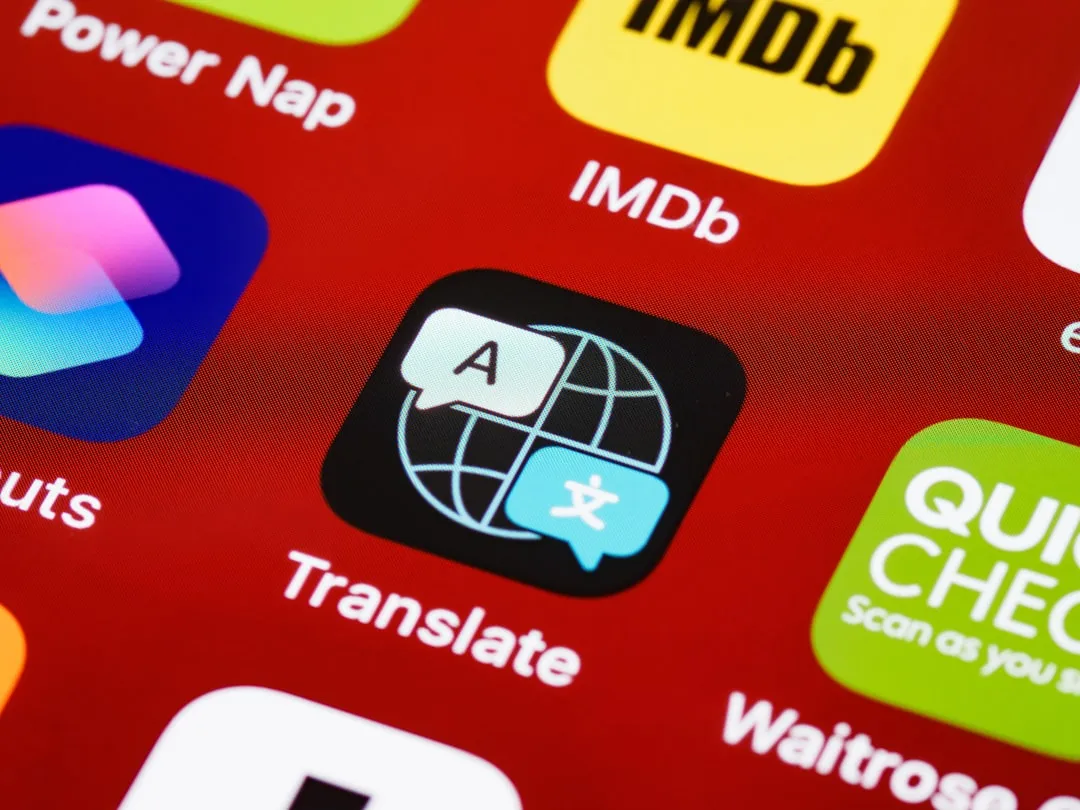Picture this: you have just updated your iPhone’s password, then later the new credentials do not work and you are locked out of an important account. Apple’s latest iOS 26 release introduces comprehensive version history tracking for every login stored in the Passwords app, according to 9to5Mac. The result, as reported by iNews ZoomBangla, is a shift in how over 1.5 billion Apple device users handle their digital credentials. The standalone Passwords application, which debuted with iOS 18 as an evolution from the basic Settings submenu, according to 9to5Mac, now matches the advanced capabilities found in premium third-party password managers. It tackles everyday credential failures head on and puts Apple’s native tool in the running with the best of them.
What makes password history so essential?
Bottom line, password management is not just storage, it is recovery when things go sideways. The new history functionality maintains complete version records for every stored login, with each password change archived alongside precise timestamps, according to iNews ZoomBangla. Open any login entry and you will see a new View History button, it appears only when multiple versions exist, as noted by 9to5Mac. Ever change a password at 1 a.m. and forget the new one by breakfast? This is the breadcrumb trail back.
This addresses a fundamental gap that security experts have long recognized. Dr. Elena Torres from MIT’s Computer Science and Artificial Intelligence Laboratory points out that “version control is standard in professional data systems but absent in consumer password managers,” according to iNews ZoomBangla. The implementation goes beyond simple backup, it enables one-tap restoration of previous credentials and maintains end-to-end encryption synced via iCloud Keychain, as detailed by iNews ZoomBangla.
There is another win here, quiet but powerful. Password history doubles as an early warning system for account compromises. If you spot changes you did not make, that is a red flag for unauthorized access. A capability once reserved for enterprise security tools now sits in your pocket.
How iOS 26 elevates Apple’s security game
iOS 26 arrives with sharper security and privacy controls along with a cleaner interface, according to Techi. Apple officially launched iOS 26 on September 15, 2025, after announcing it at WWDC 2025 on June 9, 2025, as reported by Techi.
Password history fits neatly alongside traditional passwords, passkeys, two-factor authentication codes, Wi-Fi credentials, and breach alerts, according to iNews ZoomBangla. That mix unlocks practical second uses, from spotting unexpected password changes to reviewing how often you update critical accounts and keeping track of edits made on a Mac or iPad, as detailed by iNews ZoomBangla.
Apple’s broader focus also covers passkeys and location protections, according to Techi. The system supports iPhone models with at least an A13 Bionic chip and adds advanced spyware protection, hidden tracking blocks, and tighter control of personal information, as noted by Techi.
PRO TIP: Use password history as a quick audit. Set a reminder, scan for stale logins, and note any edits you do not recognize.
Why this changes the password manager landscape
Apple’s move shakes up the field. iOS 26’s Passwords app now delivers enterprise-style version control while keeping Apple’s privacy-first architecture, challenging established players like 1Password and Bitwarden, according to iNews ZoomBangla. It caps a long climb from a simple Settings submenu to a full credential hub that recently added payment card storage, as detailed by iNews ZoomBangla.
A key play is interoperability, the sticking point that often kept users locked in. Apple’s approach covers the passkey lifecycle, including creation, migration, discoverability, data accuracy, and user control over where credentials live, according to Corbado. Transfers are secure, they use end-to-end encryption, support app to app moves, and require local authentication, as reported by 9to5Mac.
These transfers happen directly between credential manager apps using a standardized data format developed by the FIDO Alliance, avoiding unencrypted CSV or JSON exports, according to 9to5Mac. Users can securely import and export passkeys, passwords, and verification codes between apps and devices, even to Windows, Android, or third-party managers, as noted by iATO. Thanks to FIDO Alliance standards, transfers keep end-to-end encryption, require Face ID or Touch ID, and skip risky export files, according to iATO.
This signals a strategic shift in how Apple competes, offering premium features while removing ecosystem barriers, which strengthens loyalty through choice, not restriction.
The bigger picture: Apple’s passwordless future
Apple’s long-term vision comes into focus when you see password history as a bridge to passwordless sign in. The strategy reaches past traditional passwords with wider passkey adoption through new APIs that issue passkeys during account creation, effectively eliminating passwords entirely, as detailed by NowSecure. Automatic passkey upgrades ease migration after sign in, and credential management endpoints give visibility into passkey adoption with upgrade prompts inside the Passwords app, according to NowSecure.
The rollout marks a notable step on password security, addressing years of complaints that Apple lagged behind credential safety standards, according to Best Reviews. Apple users can now share passwords with third-party apps like 1Password for more convenience and control when choosing a manager and carrying sensitive information across platforms, as reported by Best Reviews.
During this shift, password history plays clean up crew. Many people will adopt passkeys for new accounts while keeping old passwords for legacy services, so version history keeps both stable. The passwordless future may be inevitable, yet it needs careful migration that does not break access.
For Apple ecosystem users, this iOS 26 enhancement sets up more effective password management in the year ahead, according to 9to5Mac. The update turns the native Passwords app from basic storage into a full security hub that rivals premium alternatives, and password history in particular fills a long standing gap. Paired with the broader iOS 26 security upgrades, Apple lands at the front of consumer password security, offering practical wins today and a clear path to tomorrow.

